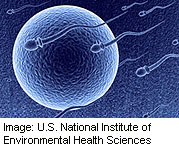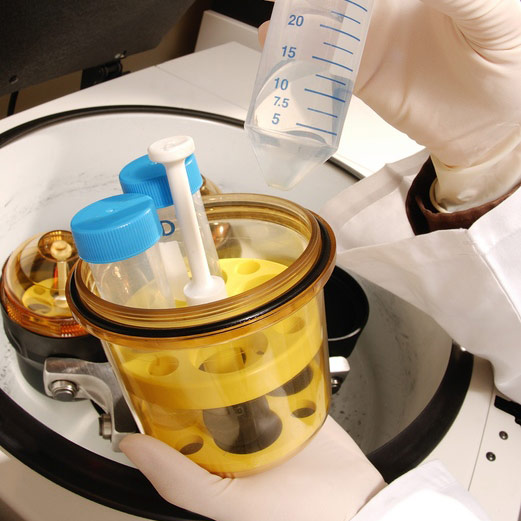
TUESDAY, Sept. 14 (HealthDay News) — New research suggests that success rates are higher when in vitro fertilization is done during the springtime.
A Brazilian study found that fertilization rates were highest in the spring — 73.5 percent vs. 67.9 percent for winter. Spring fertilization rates also were higher than the summer and fall rates.
“Epidemiolgists have demonstrated a seasonal distribution in human natural conception and birth rates,” said study author Daniela Braga, head researcher at the Assisted Fertilization Center in Sao Paulo. “We observed a 1.45-fold increase in the fertilization rate during the spring.”
Braga said that the difference in fertilization rates may have something to do with the effect that changing light patterns can have on neurons in the brain that produce hormones that stimulate the release of eggs from the ovaries.
The study followed 1,932 women who were undergoing egg retrieval for in vitro fertilization. Four hundred and thirty-five women had egg retrieval in the winter, 444 had the procedure in the spring, 469 had egg retrieval done in the summer and 584 had it done in the fall.
Blood samples were also taken to compare estradiol levels — a hormone that helps signal the ovaries to release eggs.
The number of eggs retrieved, high-quality embryos created, embryos implanted and pregnancy rates didn’t differ significantly between the groups, according to the study.
What did change with the seasons were the fertilization rates, the study found. In the winter, 67.9 percent of eggs were fertilized. In the spring, that number was 73.5 percent; in the summer it was 68.7 percent and in the fall it was 69 percent.
Blood levels of estradiol didn’t vary with the seasons. However, the concentrated estradiol levels per number of eggs retrieved was much higher in the spring than in other seasons, according to the study.
Braga was to present the findings Tuesday during the 20th World Congress on Fertility and Sterility in Munich, Germany.
Not everyone is convinced that seasonal differences are present for IVF, said Dr. David Keefe, chairman of obstetrics and gynecology at the NYU Langone Medical Center in New York City. He even suggested that women might be risking their fertility even further if they try to wait for what might be perceived as a more fertile time of the year.
“First, when we do in vitro, we’re already overriding the whole system and the hormones that turn on reproduction. And, second, species that have a longer gestation, such as humans, have typically bred when the days are getting shorter, and they [the study authors] found the opposite here,” explained Keefe.
“In addition, humans aren’t as controlled or hardwired to environmental changes any more. We live in artificial lights, and control the temperature and humidity, so many cues that would trigger breeding, we control all the time. We’ve insulated ourselves against environmental changes,” he said.
Plus, Keefe noted, the Brazilian researchers only studied one year, and it’s possible that for other years, fertilization rates may be different by the season.
But, what’s most important for people considering IVF is that there were no differences between seasons in the pregnancy rates, and that’s what really matters to someone who’s trying to have a baby.
Even Braga doesn’t recommend waiting for the perfect season. “Despite the better results obtained in spring, it is important to highlight that assisted reproduction techniques are effective regardless of the season in which the treatment is being performed,” she said.
More information
Learn more about in vitro fertilization from the U.S. National Library of Medicine.

